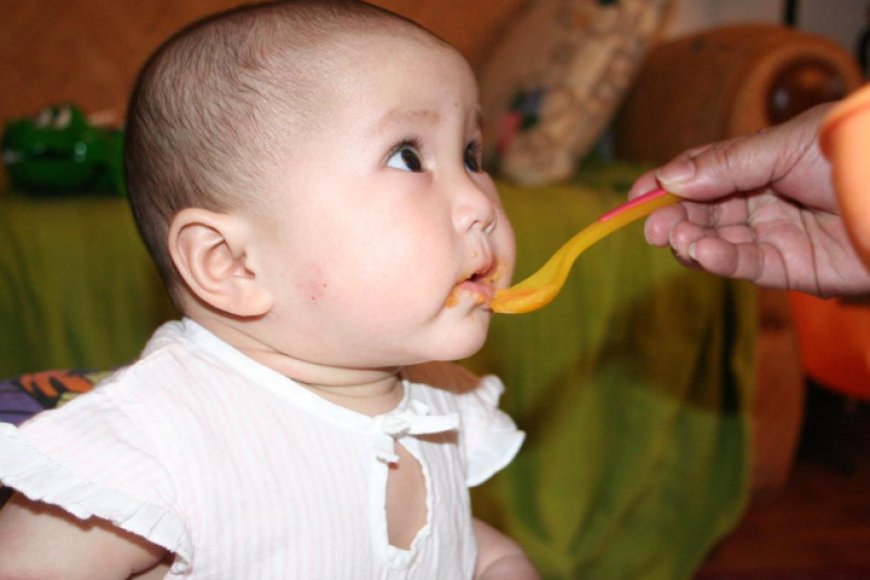Simple Tips or Effective Complementary Feeding

Complementary feeding starts when breast milk is no longer sufficient by itself, where the target age is for 6–23 months. The gap between nutritional requirements and breast milk amounts increases with age. For energy, 200, 300, and 550 kcal per day are expected to be covered by complementary foods at 6–8, 9–11, and 12–23 months, respectively. In addition, complementary foods must provide large micronutrients such as iron, zinc, phosphorus, magnesium, calcium, and vitamin B6.
Poor feeding methods, infrequent feeding and poor timing (early or too late) of complementary feeding ultimately affect a child's feeding behaviour. In addition, poor dietary quality of foods and lack of diversity adversely affects the children's growth and nutritional status. Dietary quality is assessed by the number of vitamins and minerals, essential fatty acids, calories and food consistency. Here are some tips for appropriate complementary feeding:
6-8 months: Start by giving your baby thick porridge and well-mashed foods2-3 times daily. Do not initially give a lot of food to the baby; give 2-3 tablespoons per feed and increase gradually to half a cup(125ml). The total energy a child needs in this age group is 200kcal per day.
9-11 months: Feed your baby with finely chopped or mashed foods and start giving your baby foods that they can pick for themselves. Feed your baby 3-4 meals daily with 1-2 snacks, depending on the child's appetite. A child in this age group will require 300 kcals per day.
12-23 months: The child can eat family foods comfortably at this age. If necessary, you can still chop or mash them. Give3-4 meals per day and offer snacks depending on appetite. At this age, the child requires 550kcals per day. Give between three-quarters to one cup(250ml) of food per meal.
Note: If the baby is not breastfed, give 1–2 cups of milk formula and 1–2 extra meals daily.







